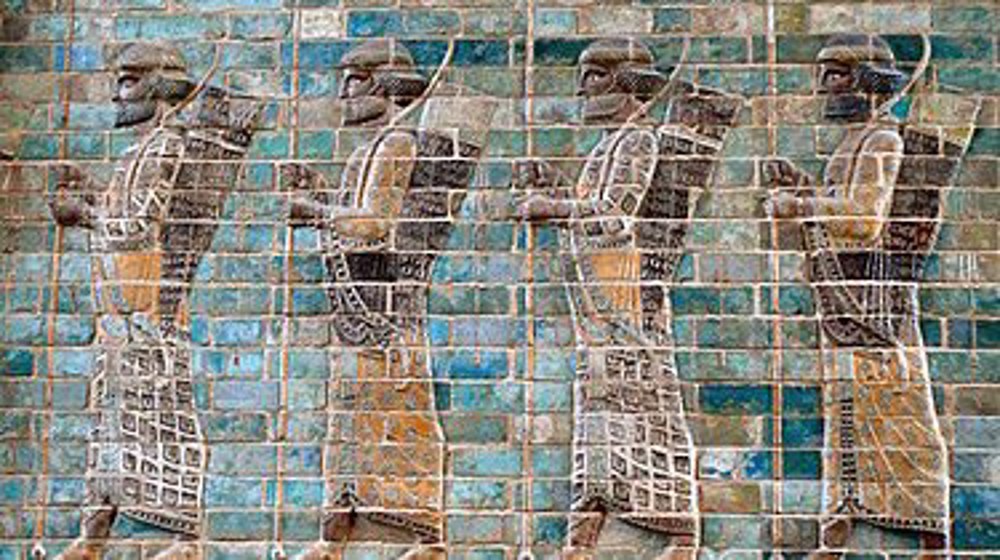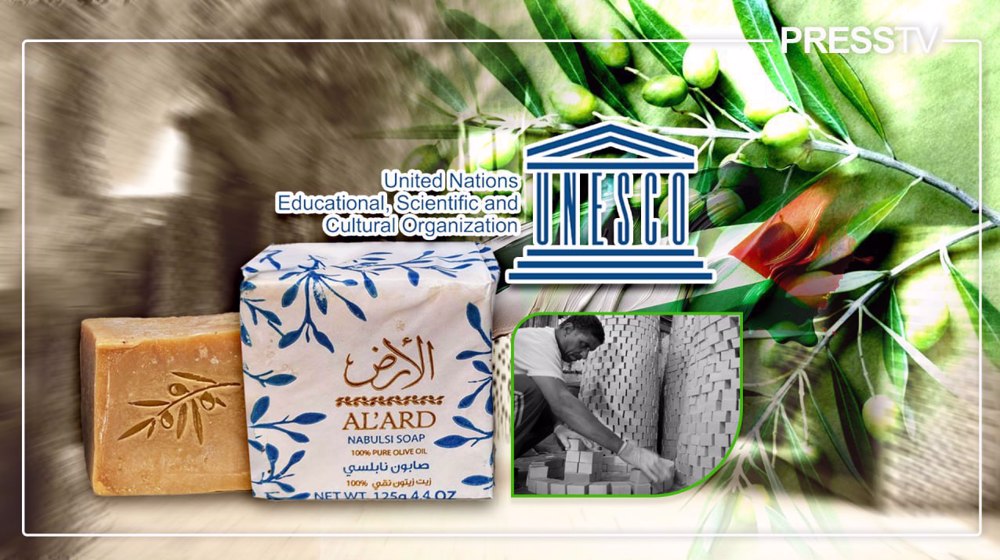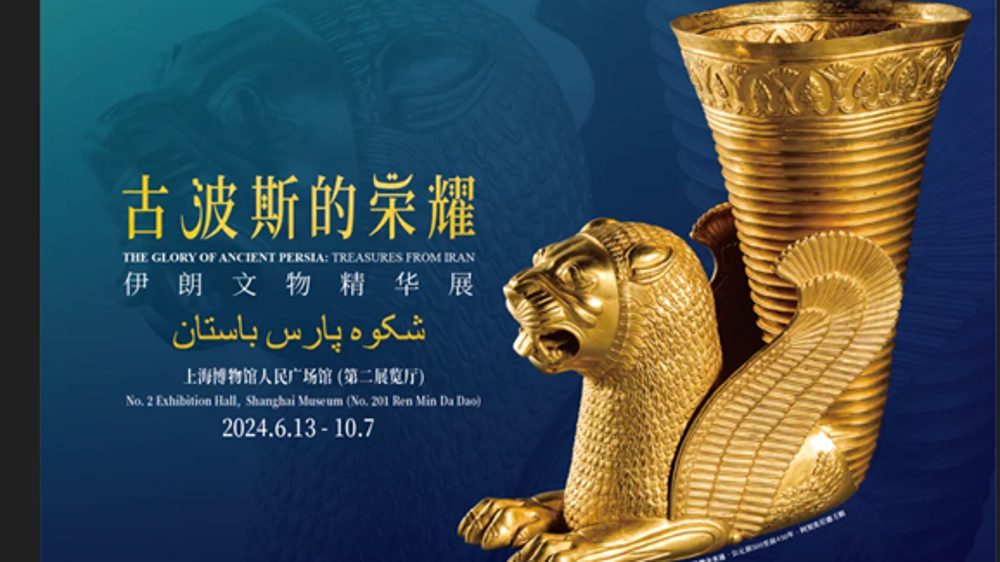Persian artifacts in world museums: A story of plunder and injustice
The National Museum of historically rich Iran narrates the story of its past enshrined in its various exhibits as it takes visitors on a journey spread across centuries, delving into the impressive history of one of the oldest civilizations in the world.
Upon entering the museum, visitors are captivated by centuries-old artifacts, but they know that a major chunk of Iran’s rich historical findings lie in different museums spread across the globe, for reasons hardly known to them.
The artifacts which were discovered during various excavation projects in the country were illegally taken to foreign lands. The tale of these stolen artifacts is embedded in the history of imperialism and the wrongful right to exploitation.
These stolen antiques give a peep into the historical injustice that was committed by the imperialistic powers over centuries.
The ancient relics that represent the rich past of Iran are cultural treasures and are viewed by Iranians as an important part of their collective identity.
Presently, Persian artifacts can be found in the museums of France, the United States, the United Kingdom, Germany, and many other countries.
The transfer of Iranian antiques to France took place mostly during the reign of Naser al-Din Shah (1848-1896 CE).
The French government was given rights to conduct excavations at various historical sites in Iran, however, these excavations led to a huge-scale transfer of historically valuable Persian artifacts to France and other European countries.
The first French excavation that took place in 1885 and 1886 under the supervision of a French archaeologist Marcel Dieulafoy, resulted in the plundering of important Iranian artifacts that were found during the excavations.
For smooth transportation, the bigger artifacts were broken down into small fragments, transferred to Paris and reassembled in Louvre Museum for display.
Madame Dieulafoy, (Marcel’s wife and a fellow archaeologist) recounts in her book "Memoirs of the Excavations of Susa" how she managed to bring Iranian antiquities to France through trickery.
An excerpt from the book, "Yesterday, I was watching with regret the large stone bull that was recently discovered. It weighs about twelve thousand kilograms! It is impossible to move such a massive object. Finally, I couldn't control my anger; I took a hammer and started hitting the stone bull. As a result of my violent blows, the column split like a ripe fruit."
Jacques de Morgan, following the footsteps of his predecessor, Dieulafoy, continued the looting and transferred the historical treasure of Iran to France.
The Code of Hammurabi which displays Babylonian Laws is on display in the Louvre Museum. The French museum also contains works from the archaic period, like the Funerary Head and the Persian Archers of Darius I.
Furthermore, the Persian section of the museum contains rare objects from Persepolis, the capital of the Archemedian empire.
Various museums across the US including the Metropolitan Museum of Art in New York City, the Archaeological Museum of the University of Pennsylvania, and Nelson-Atkins Museum of Art, Missouri have ancient Persian artifacts for display.
The various historical relics that can be seen in these museums include clay bowls, jugs, relics from the Achaemenid Empire, engraved coins dating back 3,500 years, manuscripts of rare books, and more.

The Cylinder of Cyrus, which is regarded as the first charter of human rights and has a declaration in the name of Persia's Achaemedian king Cyrus the Great inscribed on it, is currently in the possession of the British Museum.
The Oxus treasure, a collection of about 180 surviving pieces of metalwork in gold and silver, and around 200 coins, from the Archimedean period is also present in the British Museum.
The British Museum is also reported to have the most important collections of Persian art in the world.
An intricately tiled mihrab from the Meyden Mosque in Kashan was stolen and is presently on display at the Pergamon Museum in Berlin. Many other Persian artifacts that were discovered at the Apadana Palace excavation site can also be seen in the German museum.
The Miho Museum in Japan houses a collection of Achaemenid and Sassanid antiques. A variety of Iranian relics and art pieces, including pottery, paintings, calligraphy, metalwork, and sculpture can be seen in the Tokyo National Museum.
The Israel Museum in occupied al-Qusd also houses a collection of Iranian antiquities belonging to different historical periods.
According to experts almost all museums across the globe feature ancient Iranian antiques.
“Among these are some 4,000 artifacts taken from Persepolis, the ancient Persian capital which was once called the 'richest city under the sun,'" said once Seyyed Mohammad Beheshti, former head of Iran's cultural heritage organization.
Historical experts say that the West has been attempting to conceal its wrongdoing in the illicit acquisition of Persian artifacts.
However, the Iranian government has been trying to procure its historical relics through diplomatic channels. Over the past few years, Iran has been able to repatriate some of its stolen antiques.
“Last year, a descendant of Henri Goblot approached the Iranian cultural adviser in Paris and informed him that he had a collection of Iranian antiquities,” Jebreal Nokandeh, the director of the National Museum of Iran said in May 2022.
Iranologist Goblot lived in Iran during the Second World War and was the representative of the Free French government. "He had probably visited Iranian archaeological sites and collected objects to transport them to France,” says Nokandeh.
In his 2003 book “The Great American Plunder of Persia's Antiquities 1925-1941,” Dr Mohammad Gholi Majd explained how the US government helped American museums to systematically plunder Iranian antiques.
Majd’s book declassifies US State Department records and other available sources to document this illegal process.
The Persian artifacts that are in the possession of different museums throughout the world help governments generate millions of dollars in income.
Meanwhile, Iran is still pursuing the return of relics that reflect its ancient history of more than 5000 years.
VIDEO | Hind Rajab Foundation names Israeli war criminals vacationing after Gaza genocide
VIDEO | Australians rally for Gaza ahead of Christmas festivities
VIDEO | Attacks on Sana'a
Iran reports further drop in annual inflation rate in December
Israel indicts two settlers over suspected spying for Hezbollah
Iran: US airstrikes on Yemen war crimes, violation of international law
Yemeni armed forces down F-18 fighter jet, repel US-UK attack: Spokesman
Iran warns against US-Israeli plot to weaken Muslims, dominate region











 This makes it easy to access the Press TV website
This makes it easy to access the Press TV website